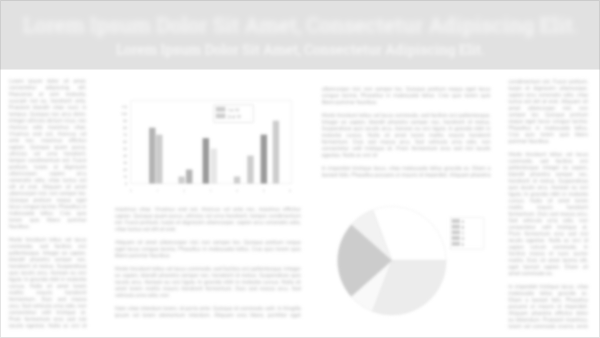Emergency Department Diversion for Non-traumatic Dental Conditions: A Collaborative Effort Promoted by the Creighton University School of Dentistry
- Expanding Interprofessional Health and Social Care Teams and Collaborative Practice
Oral healthcare is important for confidence and mental health but is also linked to preventing illnesses such as heart disease and diabetes. Barriers to dental care cause those in need to turn to Emergency Departments (EDs) for pain management of non-traumatic dental conditions (NTDC), putting strain on hospital systems without treating underlying issues.
Goals, objectives, and purpose: The present study is the first documentation of the Creighton University School of Dentistry (CUSOD) After-Hours Clinic (AHC) experience, its patient population characterization, and interprofessional collaborations.
Methods/Methodology: The Creighton University Institutional Review Board approved this study (2004486-01). In July 2023, the CUSOD established the AHC Program, where twice a week urgent care and primary care clinicians and dentists work alongside fourth-year dental students, oral maxillofacial surgery residents, and a Medicaid Navigator to improve dental care for individuals who would otherwise receive their care in hospital settings (e.g., uninsured, Medicaid, and Medicaid-eligible). Patient information was mined from the CUSOD electronic health record.Results/Findings: From July 1st, 2023, to June 30th, 2024, 709 patients were seen at the AHC; 47.8% were considered emergency tooth extractions (e.g., dental abscess, impacted wisdom teeth, etc.). The remaining 52.2% reported pain and required tooth extraction due to severe tooth decay. Primary barriers to care included lack of dental insurance, financial challenges, childcare, and transportation. The population was relatively young (Mean ± SD; 46.5± 16.7), composed mainly of individuals identified as males (60%), and predominantly originated from zip codes 68111 and 68107, which rank first and sixth in poverty in the Omaha metro area. Moreover, 56% of the patients reported having at least one systemic/chronic health condition.
Conclusions, implications, and/or curiosities: The AHC has demonstrated the power of interprofessional collaboration to reduce the strain on local EDs and address gaps in accessibility to oral care for underserved populations. Expansion of this initiative to include other health professionals is already planned.
References
- Arends K, Maresh S. Improving Dental Coverage in Nebraska Medicaid. Nebraska Appleseed Policy Brief: Oral Health is Key to Overall Health 2022. Available at: https://neappleseed.org/wp-content/uploads/2023/01/NE-Appleseed-Dental-Policy-Brief-12.2022.pdf.
- Fellows JL, Atchison KA, Chaffin J, Chávez EM, Tinanoff N. Oral Health in America: Implications for dental practice. J Am Dent Assoc. 2022 Jul;153(7):601-609. doi: 10.1016/j.adaj.2022.04.002. Epub 2022 May 25. PMID: 35643534; PMCID: PMC9637008.
- 2020 US Census data; https://data.census.gov/profile/Nebraska?g=040XX00US31
- Shariff , J. A. (Ed.). (2021, September 14). Oral Health & Health Equity. https://nihcm.org/publications/oral-health-health-equity









